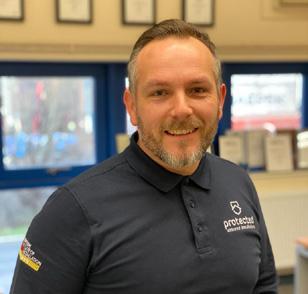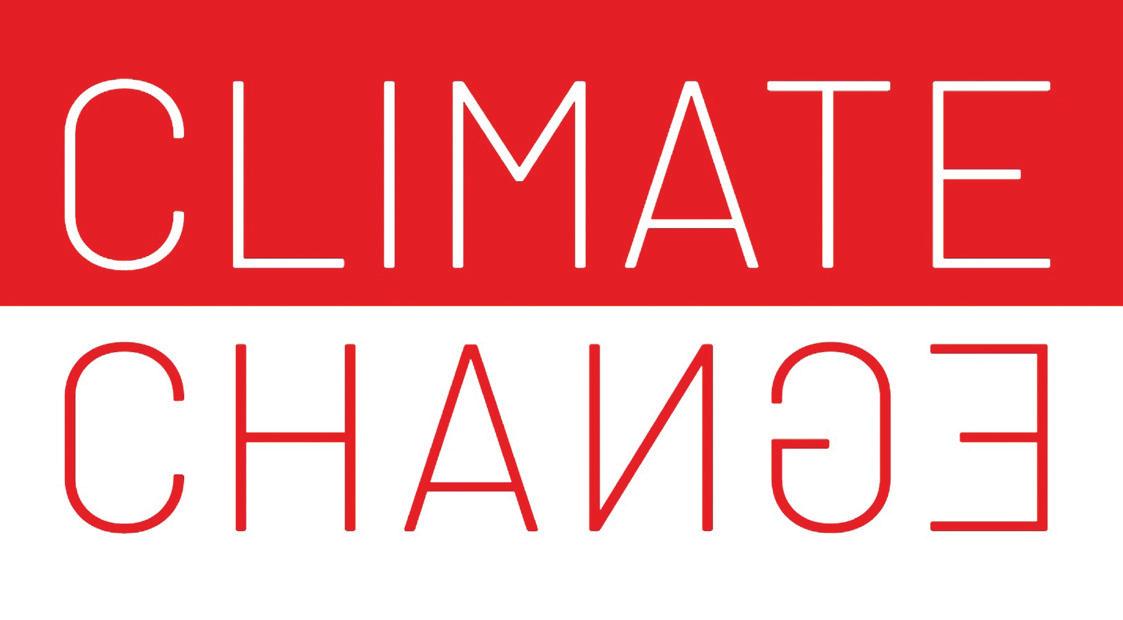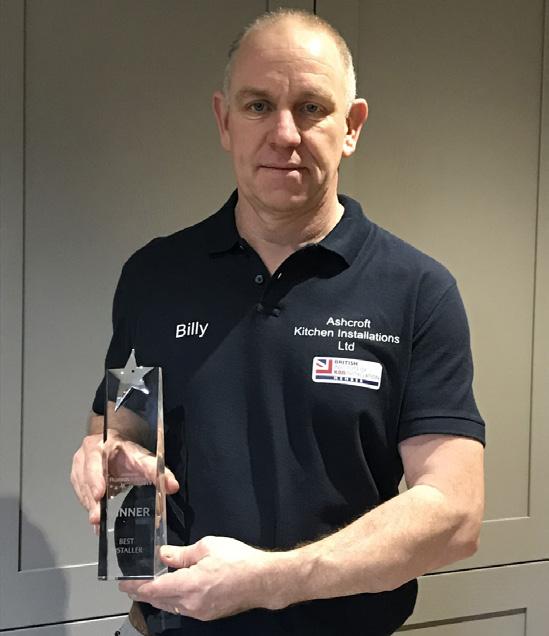Installer Advice
KEEP YOUR KNOWLEDGE AND SKILLS UP TO DATE The kitchen installation wasn’t finished. The customer had demanded that the work stopped because she wasn’t happy with what had been done so far, and now there was deadlock between her and the installer. T The retailer had made a list of remedial works that would be done and now wanted to get on with templating. But the customer’s list was longer than he anticipated and he felt the customer was being awkward and making things worse than they were. Now, as an inspector, I was on-site to give my independent view.
Richard Renouf, Furniture & Floorcoverings Consultant
But the customer’s list was longer than he anticipated and he felt the customer was being awkward and making things worse than they were.
62
What I discovered was that the first run of base units was, apparently, ready to receive a length of stone worktop. At the left hand end was a fridge/freezer housing and then three topless base units. There was one small angle bracket on the last unit on the right, screwed into plasterboard and no other fixings. I used my inspection camera down the back of each unit to check. There was nothing else and it appeared that there was only one screw in a weak material. I made some notes and moved on to complete my inspection. I decided to look properly under the base units to check that the feet were all in place but unfortunately, I found more than I expected. There was a small pile of adjustable fixing brackets, and they had been left out of sight. It’s frustrating because it would have been really easy for the installer to use and he could have positioned them to be located where they went into the studwork to ensure a secure fit. My knowledge of the supplier meant that I was aware that this manufacturer did provide fixing brackets with every base cabinet to make the installers job easier, but they had deliberately not been used. When my work was complete at this particular project and was driving home I thought about the discarded brackets. Had the installer forgotten the long drill that would be needed to fit these, and if so had he done
the best he could and just hid them away? Or did the installer not know what they were for or how to use them, maybe he thought that they were odd fittings and simply couldn’t work out what should be done with them? In summary, keeping our knowledge and skills up to date is vital, but it doesn’t happen unless we make an effort. Working on our own or with the same fitting team all the time doesn’t introduce us to new ideas unless we come across them by accident and take the trouble to share them. Membership of an organisation like BiKBBI is a great way to learn new things and keeping our skills up to date through training is a great benefit, too. New innovations, whether they are tools, fittings or techniques, can help us to work better, faster or more effectively and this means more income and fewer call backs… If we’re doing only the same things we did five years ago, it could be time to learn something new! www.richard-renouf.com




























